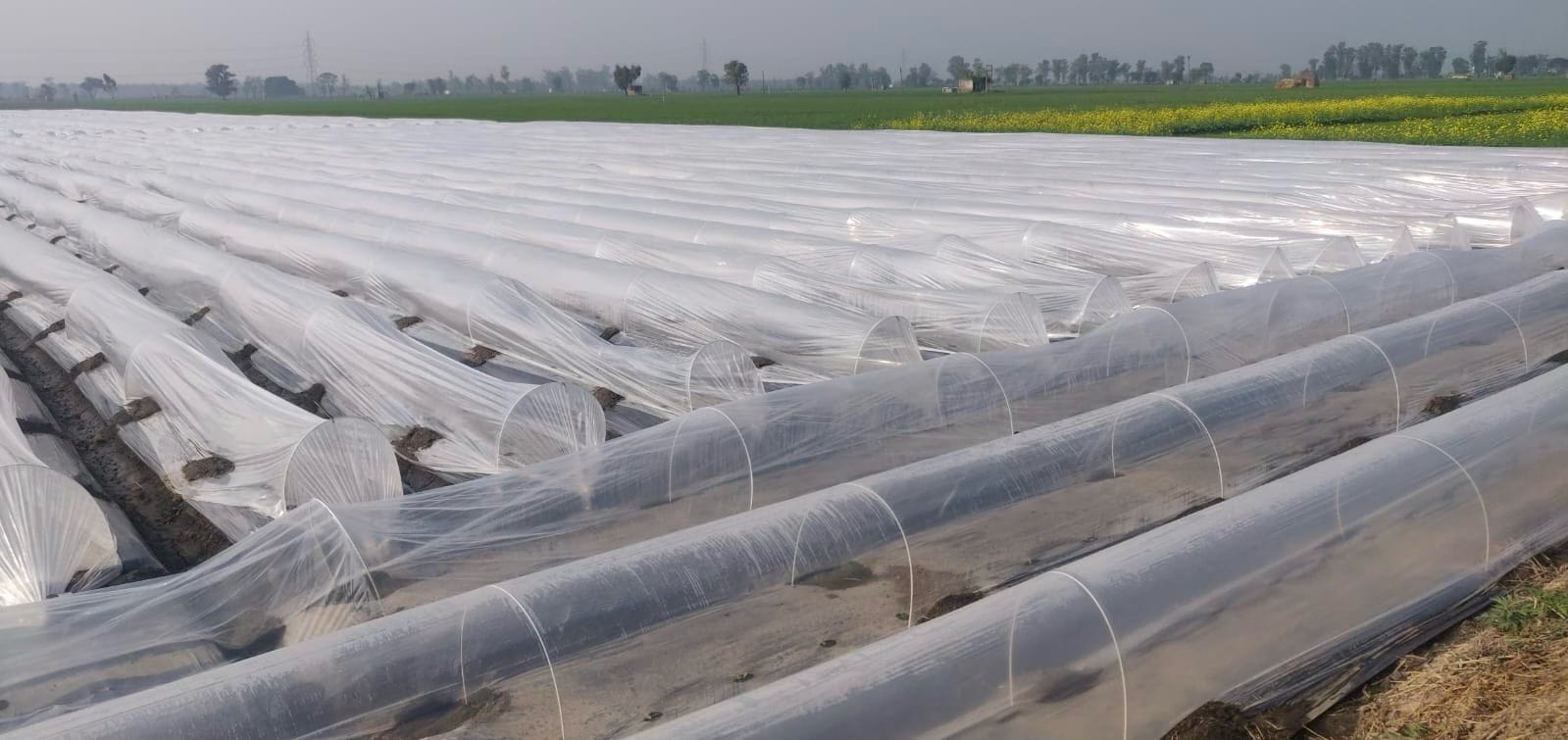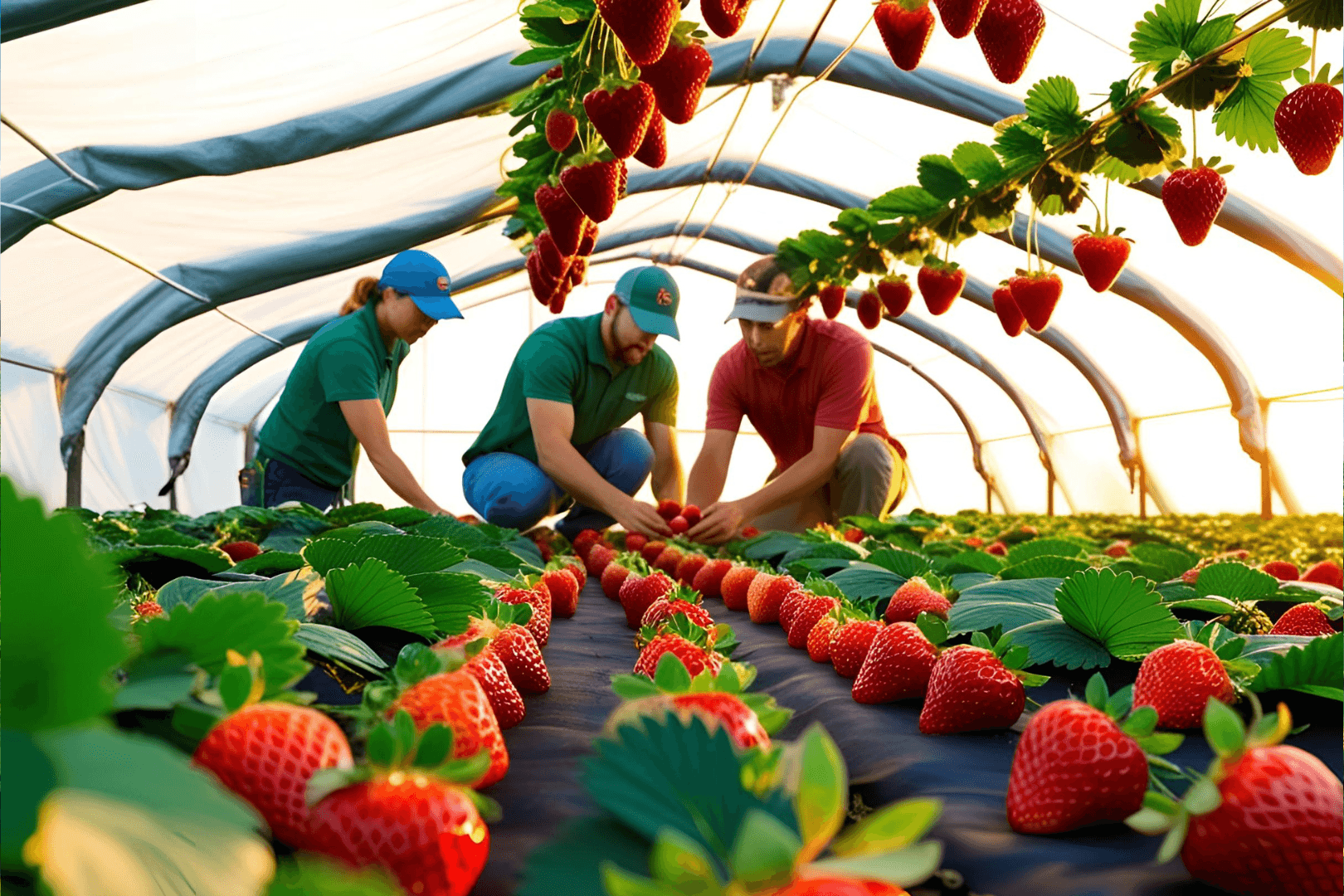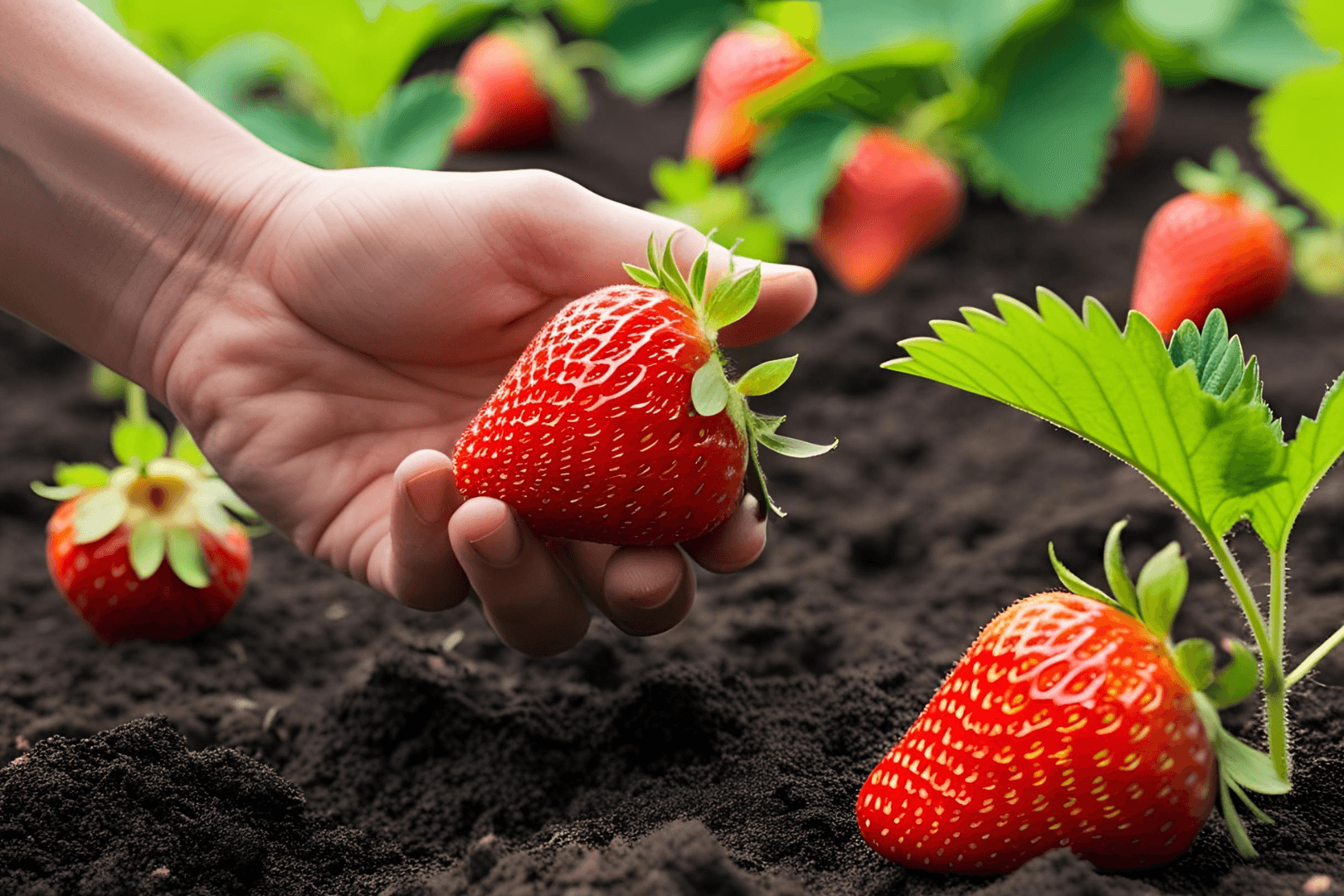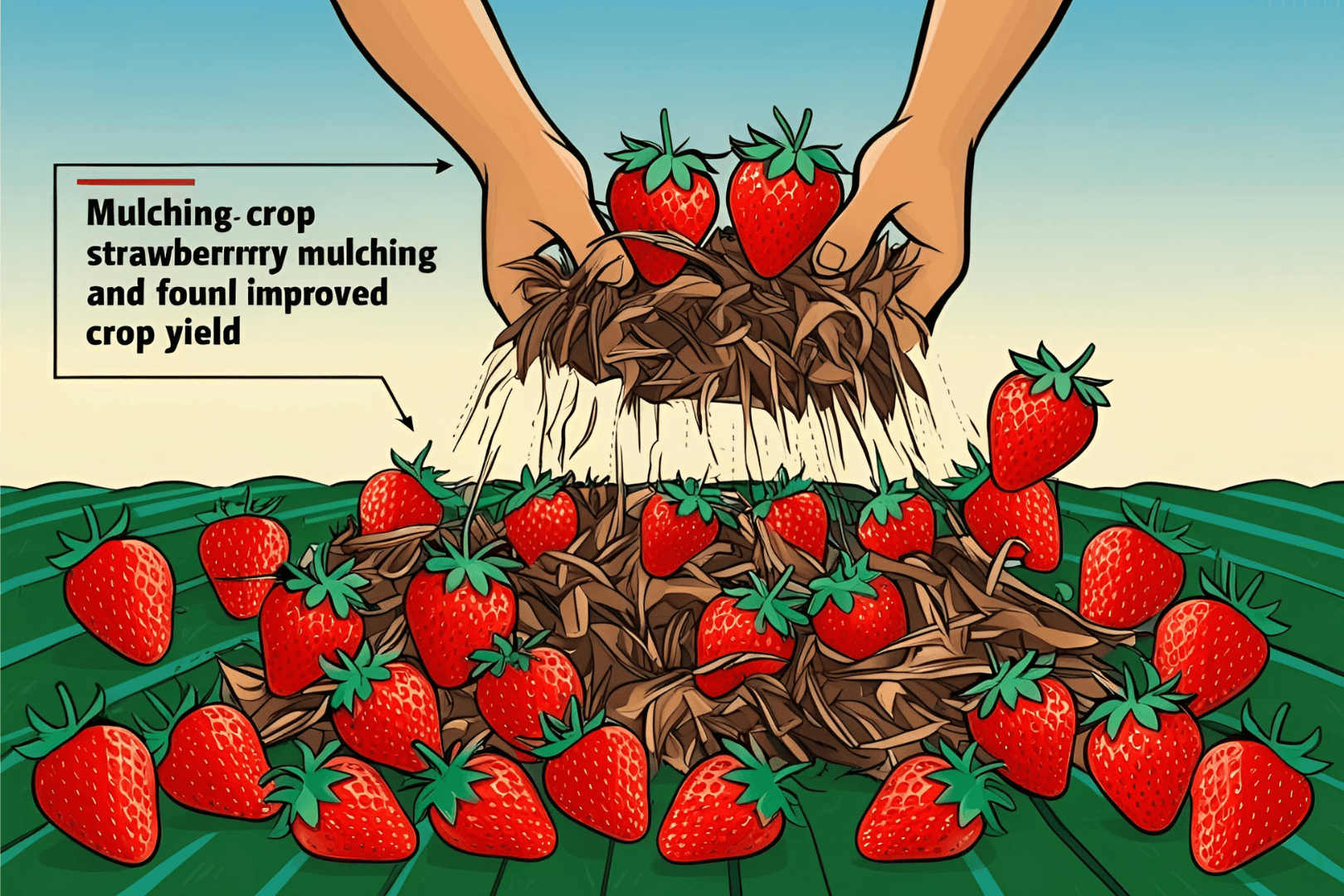Strawberries are a lucrative but delicate crop, especially vulnerable during the rainy season. Sudden showers, high humidity, and soil instability can drastically reduce yield and fruit quality. A proven solution is low tunnel farming with plastic covers—a simple yet effective method that offers numerous advantages.
Here’s a comprehensive look at the key benefits of using low tunnels for strawberries during the monsoon:
1. Prevents Soil Splash on Fruits, Leaves, and Stems
Heavy rain causes soil to splash onto plants, making fruits dirty and prone to rot. Plastic-covered tunnels act as a shield, keeping the canopy clean and maintaining the visual appeal and market value of strawberries.
2. Reduces Soil Erosion from Raised Beds
Low tunnels minimize direct rain impact, thereby protecting soil structure and preventing nutrient-rich topsoil from washing away. This results in stronger root systems and healthier plants.
3. Prevents Fungal Infections
The enclosed environment under plastic helps regulate humidity and minimizes leaf wetness—two main contributors to fungal disease. This lowers disease incidence and reduces dependence on fungicides, making farming more sustainable.
4. Creates a Favorable Microclimate
Tunnels retain warmth and block excessive moisture, providing ideal growing conditions for strawberries even during overcast days. This microclimate enhances flowering, pollination, and fruit development.
5. Easy Access for Strawberry Picking
Low tunnels are designed for easy lifting, enabling quick harvesting with minimal disturbance to the plants. This is especially valuable during short dry periods between rains.
6. Prevents Black Spots from Sunlight & Water Droplets
Water droplets on fruit and foliage can act like lenses, focusing sunlight and causing sunburn or black spots. Plastic tunnels help prevent these burn injuries, preserving fruit quality.
Additional Benefits of Low Tunnel Farming in Rainy Season
7. Enhances Early and Extended Harvesting
The protective environment under tunnels encourages early flowering and can also extend the harvest period, giving farmers a competitive market advantage and higher prices.
8. Reduces Weed Growth
Rain promotes weed germination, which competes with strawberry plants for nutrients. Tunnels restrict light and moisture access to weeds, reducing their growth and minimizing the need for manual weeding or herbicides.
9. Protects Against Wind and Hail Damage
Sudden monsoon winds and hailstorms can bruise fruits or damage leaves. Tunnels provide a protective buffer, significantly reducing physical damage.
10. Lower Pesticide Residue
Since tunnels keep many pests and diseases at bay, pesticide use is naturally reduced. This not only cuts input costs but also results in safer, residue-free fruit for health-conscious consumers.
12. Improves Worker Comfort and Efficiency
Easy tunnel open and close for strawberry picking
Conclusion: A Smart Investment for Strawberry Farmers
Low tunnel farming with plastic covers is much more than a rain protection strategy—it’s a comprehensive approach to improving strawberry yield, quality, and profitability. With its ability to combat weather-related risks and create optimal growing conditions, it offers a strong return on investment for commercial growers and small farmers alike.
Whether you’re preparing for the next monsoon or simply looking to boost your harvest, low tunnel farming is a smart, scalable solution worth considering.
Published By, Ratan Metals, Jaipur – Manufacturers of Plastic Wire for Low Tunnel Farming (🔗 Visit us at www.ratanmetals.co.in)




